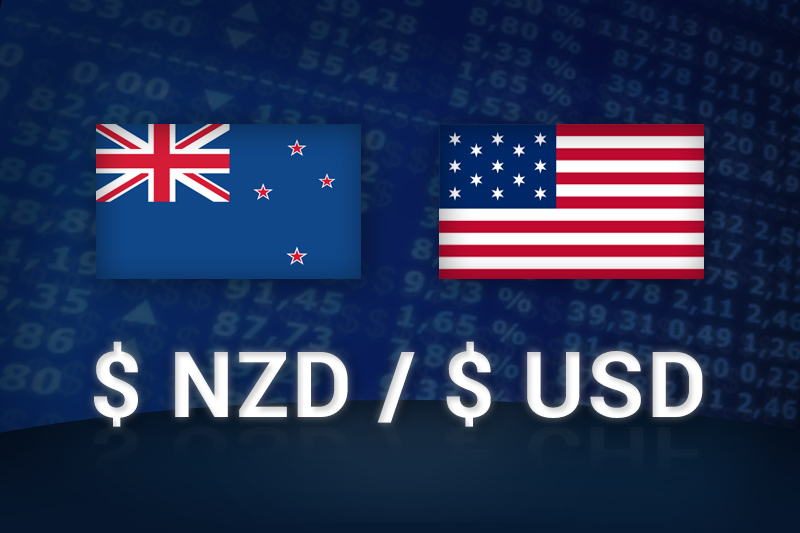Investing.com - The New Zealand dollar jumped against its U.S. rival during Friday’s Asian session following the release of New Zealand’s trade balance data.
In Asian trading Friday, NZD/USD rose 0.34% to 0.8531. The pair was likely to find support at 0.8466, the session low and resistance at 0.8578, the high of April 15.
Earlier Friday, Statistics New Zealand said the country’s trade balance unexpectedly rose last month to NZD718 million from NZD414 million. Analysts expected the trade balance to decline to NZD373 million.
The data also revealed that China has surpassed Australia as New Zealand’s top trading partner. New Zealand’s exports to China have tripled since the two countries signed a free trade pact five years ago. New Zealand’s total March exports rose 5.1% to NZD4.4 billion.
Imports fell 7.9% to NZD3.7 billion. In seasonally adjusted terms, New Zealand’s exports rose 0.8% while imports fell 0.7%.
Some market participants have been concerned that the strong kiwi has been forcing wealthy folks in New Zealand to spend their money overseas while foreign companies operating in the country have been more than happy to take the strong kiwi out of the kiwi and repatriate back to their own countries.
Earlier this week, the Reserve Bank of New Zealand held interest rates steady at 2.5%, which is a record low for the country, but still among the highest in the developed world.
Meanwhile, NZD/JPY rose 0.24% to 84.57 after Japan’s Statistics Bureau said the country’s consumer price inflation fell to -0.5% last month from -0.3% in February. Analysts expected a March reading of -0.4%. Japan’s March CPI data could be a sign the Bank of Japan’s inflation target of 2% could be harder to reach than some had previously hoped.
AUD/NZD inched down 0.01% to 1.2107.
In Asian trading Friday, NZD/USD rose 0.34% to 0.8531. The pair was likely to find support at 0.8466, the session low and resistance at 0.8578, the high of April 15.
Earlier Friday, Statistics New Zealand said the country’s trade balance unexpectedly rose last month to NZD718 million from NZD414 million. Analysts expected the trade balance to decline to NZD373 million.
The data also revealed that China has surpassed Australia as New Zealand’s top trading partner. New Zealand’s exports to China have tripled since the two countries signed a free trade pact five years ago. New Zealand’s total March exports rose 5.1% to NZD4.4 billion.
Imports fell 7.9% to NZD3.7 billion. In seasonally adjusted terms, New Zealand’s exports rose 0.8% while imports fell 0.7%.
Some market participants have been concerned that the strong kiwi has been forcing wealthy folks in New Zealand to spend their money overseas while foreign companies operating in the country have been more than happy to take the strong kiwi out of the kiwi and repatriate back to their own countries.
Earlier this week, the Reserve Bank of New Zealand held interest rates steady at 2.5%, which is a record low for the country, but still among the highest in the developed world.
Meanwhile, NZD/JPY rose 0.24% to 84.57 after Japan’s Statistics Bureau said the country’s consumer price inflation fell to -0.5% last month from -0.3% in February. Analysts expected a March reading of -0.4%. Japan’s March CPI data could be a sign the Bank of Japan’s inflation target of 2% could be harder to reach than some had previously hoped.
AUD/NZD inched down 0.01% to 1.2107.
